Industry report
Overview of How Do Colors Affect User Choices And Purchases?
How Do Colors Affect User Choices and Purchases?
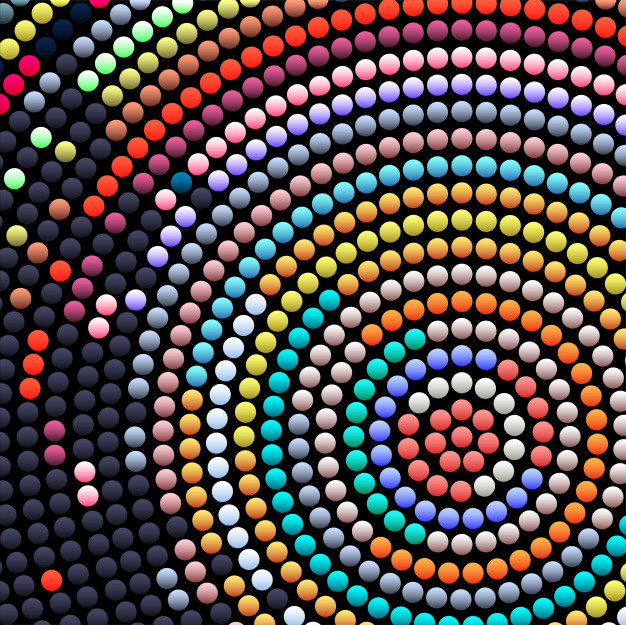
Colors attract. Visuals are always more appealing to the human mind, and this affects their buying decisions as well. A kid who chooses a bright red toy gun is exhibiting this psychology; also, a traveler who walks into the restaurant with the most luminous signboard is yet another example. Brilliant colored stuff attracts more buyers, and it is always colors that score over other sensory stimuli like test or smell while making a buying decision.
Color affects the emotions, catches the attention, alters the mindset, and influences to make a purchase. The new-age marketers of the online world are appreciating this predominance of color psychology in consumer decisions and have been including color based marketing strategies for gaining competitive advantage.
Effect of color on marketing
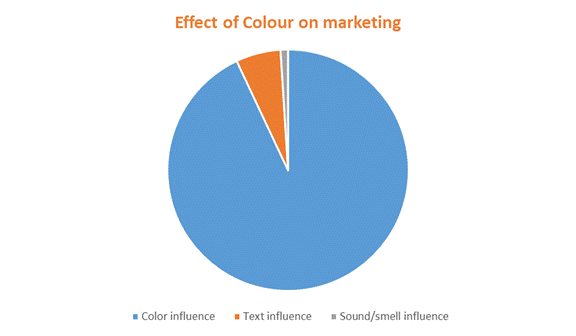
While shopping, the most crucial factor that influences customer choice is the color of the product when compared to sound, texture, or smell. The color and visual appearance of the product has a 93% influence over the consumer’s mind. When comparing to color, the text carries only 6% influence, while sound and smell have the least impact, which stands at only 1%.
Study shows that 85% of purchasers consider color to be the main reason for which they buy a particular product. The remaining 15% of purchasers buy under the influence of various other factors. But color dominates all other considerations.
Effect of color on branding
Color has a tremendous impact on branding. Brand recognition is the most critical part of branding where the customers identify a product through its design elements, and it has a direct link on customer confidence. Color can increase brand recognition by 80%. Consistent use of color in presenting a brand can lead to a 23% increase in revenue.
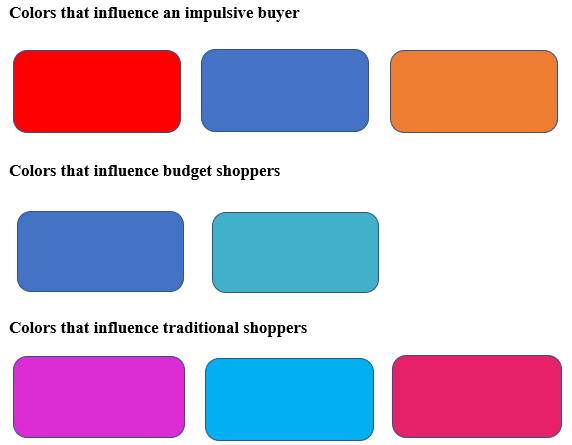
Consumer analysis based on color preferences
Color influences the human minds profoundly and has a big say on their purchase decisions as well. Different colors have been found to influence the brain differently. As a result, intensive research has been carried out to understand how purchase decisions can impact positively by changing the colors.
· It has found that red, royal blue, and orange colors attract or influence the minds of impulse shoppers. You can find these shoppers in outlet malls, fast food joints, and clearance sales. Most of the decisions they make are on the spur of the moment. They are usually found to choose products of these colors over others.
· People who shop on a budget get influenced by navy blue and teal colors. You can find these budget shoppers in banks and large departmental stores.
· The traditional buyers get attracted more to products of pink, sky blue and rose colors. These types of consumers usually found in clothing stores and the like.
· The influence of colors also differs in different countries. The preference of an American won’t go in hand with an Asian buyer.
Different colors and their effects on North American shoppers
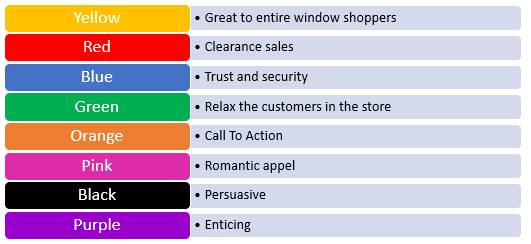
North American online shoppers show leanings to yellow, red, blue, orange, black, green, pink, and purple colors.
· Yellow colors work great to entice the window shoppers and are considered as youthful and optimistic.
· Clearance sales use a different mindset to close deals. Here it is required to create a sense of urgency and excitement in the minds of the buyers to make an immediate sale. Red is the most preferred color for this as it is an exciting color that can increase the heart rate and make a sale.
· The blue color is a solid one creating a feeling of trust and security. Often big businesses and banks which rely more on the faith of the customers for their long term sustainability use blue color.
· Green is a pleasing color, and studies show that eyes process green fast. Green speaks of optimism and has an easing effect on the mind. It is used to relax the customers in the stores.
· Orange color is aggressive on the mind. It moves people to take action. Usually, orange is used to create Call To Actions like buy, sell or subscribe so that people take the required action without delay.
· Pink is a charming one. It is considered feminine and has a romantic appeal. Mostly pink use in products of young girls and women. Females have a particular affinity to pink and tend to choose pink products over others.
· Black is sleek, visually appealing, and persuasive. The luxury product segment uses black for its product design, as these have been found to move faster.
· Purple calms and soothes the mind. This color is used to entice customers in the beauty industry. Anti-aging and beauty products use purple colors widely.
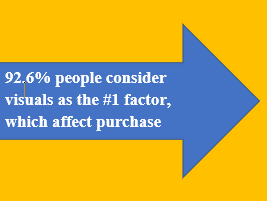
Statistics on colors and the influence on conversion rate
· A study by kissmetrics shows that 92.6% of the people consider visuals as the #1 factor, which affects their purchase decision.
· People make a subconscious assessment of the product within seeing it, and the color is the basis for 90% of this judgment.
· Advertisements in color resonate more in the mind of consumers than black and white ones. Color ads show 40 % more appeal.
· Colors have a tremendous influence on readership and improve it by 40%. It also increases the learning to 78% from 55%. Comprehension has been shown to increase by 73%.
· Tests show that color images hold the attention longer than black and white ones. Color images can sustain attention for a minimum of two seconds while black and white can do for only less than 2/3rd of a second.
· Color preferences vary for gender, as well. As per user testing, women strongly preferred bright sites and gave such sites a rating of 4.35. Men also showed a liking for brilliant websites, and the ranking shows 4.18. However, men gave an excellent rating of 4.08 for dark sites too. Compared to this, women gave a low grade of 3.38 for dark websites. Both genders showed no liking for simple white websites. Men rated these kinds of sites with 3.54, and women gave them 3.6 ratings.
· Studies show that brain processes visuals 60,000 times faster than text, and 90% of the information that gets transmitted to the human brain is visual.
· 40% of people show a better response to visual information compared to text.
· 46.1% of the people consider a website’s design as the number one element for deciding the company’s credibility.
· A study by HubSpot to identify the best color for the Call To Action button shows that red generates the most positive response.
Color preferences by age and gender
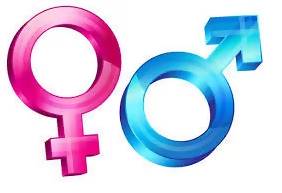
Study shows that blue scores as the popular color among all age groups and gender. Brown and orange are the least liked colors for all ages and gender.
· White seems to dominate the mind of the elderly, who shows an exclusive preference for white and blue.
· The younger generation between 19 to 24 has a more creative mind frame. Younger once are ready to experiment with colors and show a liking for the colors brown, green, and black.
· Middle-aged individuals prefer purple hue for its luxurious and royal sheen.
· Blue is a common color that is favored by both the genders. 57% of men and 35% of women prefer blue.
· Women show a liking for tints, while men show a fondness for shaded or pure colors.
· Simple color combinations involving two or three favorite colors are the preferred option of the majority of the people.
· Blue, green, and purple are the colors that women love the most while orange, grey, and brown are the colors they hate the most.
· Blue, black, and green are the colors that men love the most, while brown, purple, and orange are the colors they hate the most.
Colors people associate to certain words
· Trust: 34% associate blue color to this word, while 21% associate white, followed by green at 11%.
· Security: In the security matters, 28% associate this with blue color, followed by black at 16% and green at 12%.
· Speed: In the speed segment, 76% of people associate the red color with this word.
· Cheapness: The top color that gets associated is orange at 26%, followed by yellow at 22% and brown at 13%.
· High quality: The color black tops the list here with 43%, and blue comes next at 20%.
· High tech: 26% associate black to this word, and 23% associate blue and grey.
· Reliability: The most associated color for this word is blue at 43%, and next is black at 24 %.
· Courage: The popular color choice is purple at 29%, followed by red at 28% and then blue at 2 %.
· Fun: Most people associate orange at 28%. Next is yellow at 26% and purple at 17%.
Colors and company logos
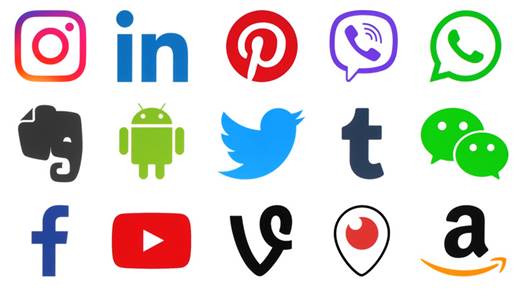
Most companies choose the color and design of their logo based on the emotion they want to evoke in the consumers’ minds and brand recognition it can create. Here is a list of companies that have leveraged colors successfully to improve their brand recognition.
· Blue: Facebook, Twitter, Skype, Walmart, LinkedIn, Lowe’s, Ford, Pepsi, Vimeo, American Express, JP Morgan, Oral-B, Flickr, GE, Dell, Oreo, WordPress
· Orange: Nickelodeon, Hooters, Starz, Harley & Davidson, Amazon, Crush, Gulf, Payless, Fanta, Bing, Discover.
· Green: John Deere, Whole Foods, Excel, Hess, Animal Planet, Star Bucks, Android, land Rover, Spotify, Holiday Inn, Xbox, Eleven
· Purple: Yahoo, Big Brothers Big Sisters, T Mobile, Crown Royal, Welch’s, Taco Bell, Syfy, Craigslist, Hallmark, Wonka
· Red: CocaCola, Canon, Kellogg’s, Levi’s, Pinterest, Netflix, Virgin, Xerox, ESPN
· Black: Nike, Vogue, Puma, Dolce & Gabbana
· Pink: Barbie, Adidas Kids
Influence of colors on the consumer mind
You must understand that color is not the sole contributor to an appealing visual in the minds of the consumers. Design, convenience, and buzz words also have a say on the purchase decision of online shoppers.
The overall design of the product has to be appealing to shoppers. Many online shoppers choose not to buy products that have a poor overall design. 52% of shoppers were influenced by the overall aesthetics, not to return. 42% of shoppers formed an opinion of the website considering the overall design alone.
Interactive navigation simplicity is another important factor which is decided by the speed, convenience, and efficiency of the website. In the online world, even a 5-second delay can cost a lot. Study shows that 52% of online shoppers did not confirm a purchase due to the slow loading of the website. Amazon.com found a 1% decrease in sales for every 100MS load time.
Words are also powerful to evoke feelings in the minds of the shoppers. ‘Powerful word,’ which is right in the context, can move a customer to prefer that item over others. The word GUARANTEED has the most impact compared to other words. 60% of buyers are comfortable and end up buying a product with the word GUARANTEED. 52% of customers walk into a store, which has a sale sign in the window than the other stores.
How colors are perceived is a subjective matter. It varies from one individual to another. The culture and social background will play a significant role in individuals’ color choices. A westerner will see white as a color of purity, while the Japanese will see it as a color of death or mourning. While developing a global marketing strategy, companies should give due attention to the color perceptions in different countries and cultures and incorporate the same for better conversions.
Whatever be the depth of color influence, there is no denying the fact that colors are all around us, and unknowingly we all make many purchase decisions coming under this subconscious grip of colors. The psychosocial impact of color on decision making, inspiring, enthusing is an undeniable fact.
More To Explore
Wearable Statistics And Facts For 2021
Industry report Overview of Wearable Statistics And Facts For 20211
Facebook live Statistics, Usage And Facts (2020 Report)
Industry report Overview of Facebook live Statistics, Usage And Facts
Web Hosting Statistics, Market share And Facts For 2021
Industry report Overview of Web Hosting Statistics, Market share And
Explore Related reccomendations
Pinterest Statistics, Users, Demographics And Facts For 2020
- According to 0 users
Tumblr Statistics, User, Demographics And Facts For 2021
- According to 0 users
Ecommerce Statistics: Global Retail E-Commerce Sales 2014-2021
- According to 0 users
Mobile Gaming Statistics, Revenue, Industry Data (2020 Report)
- According to 0 users


